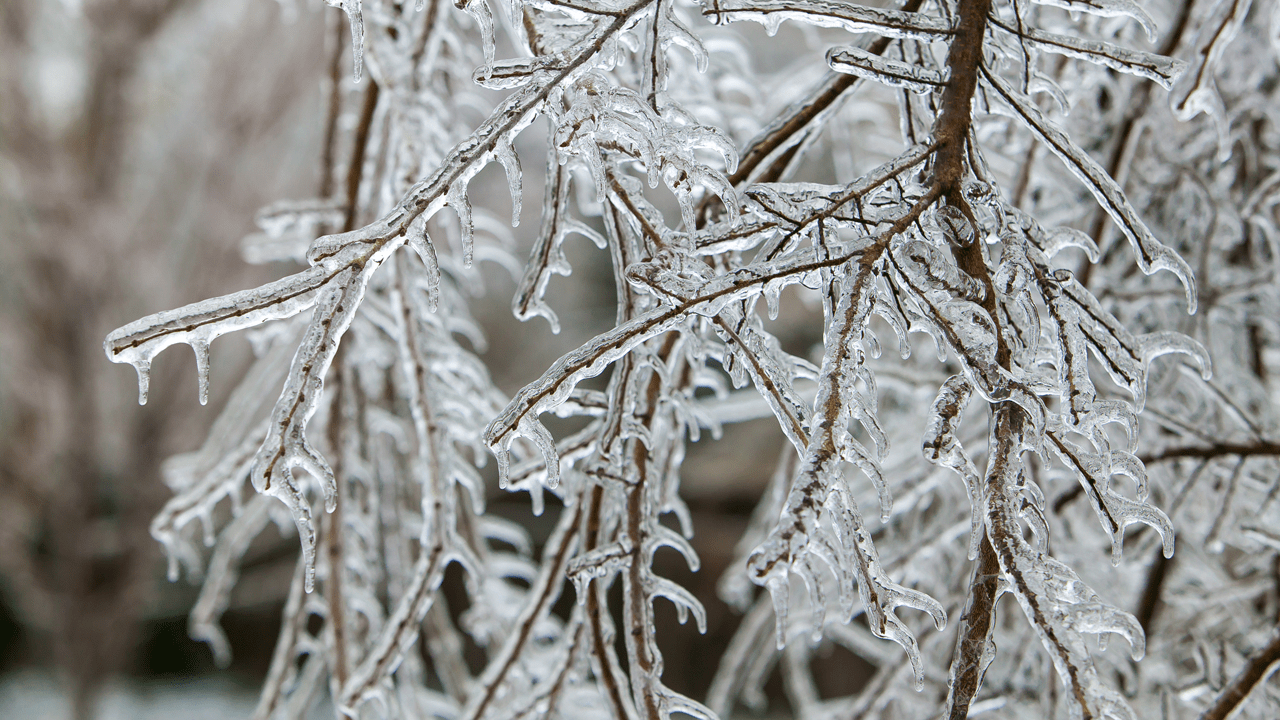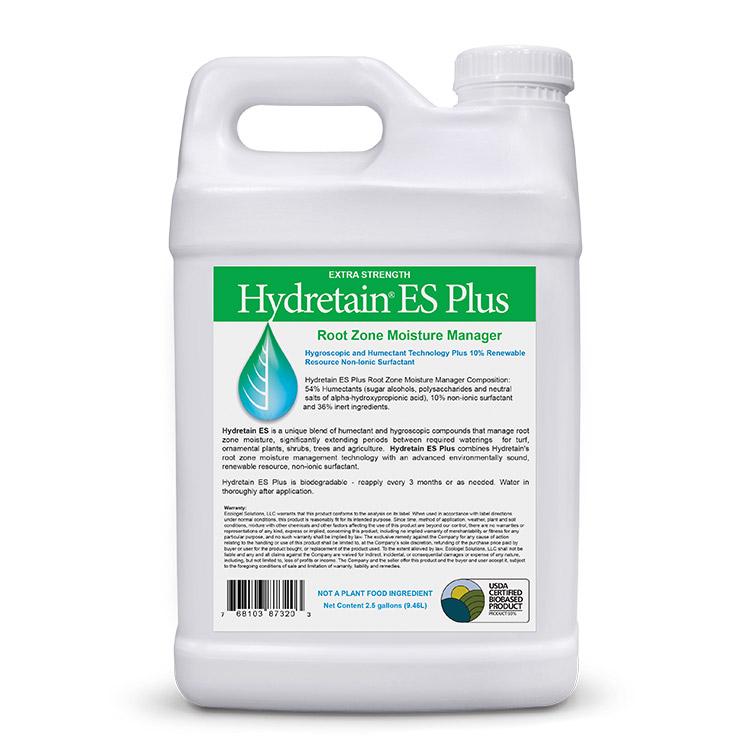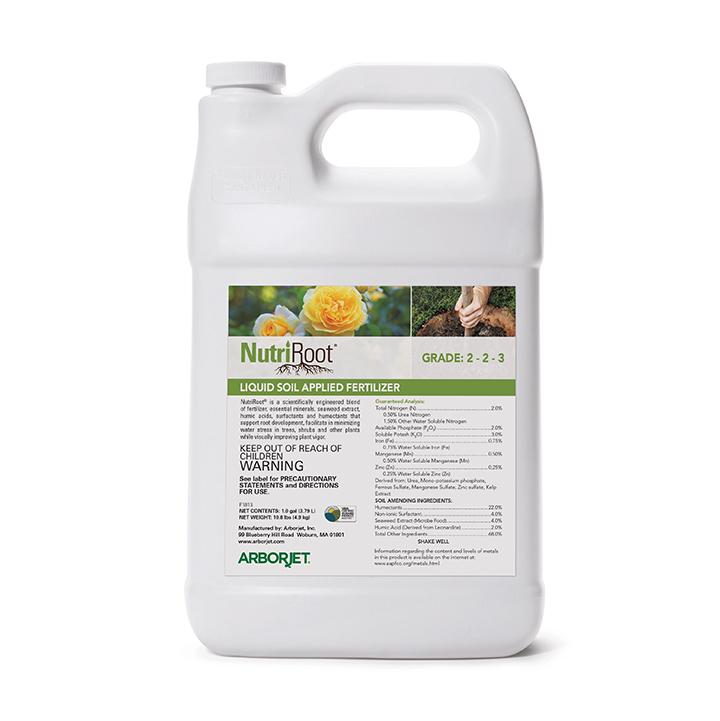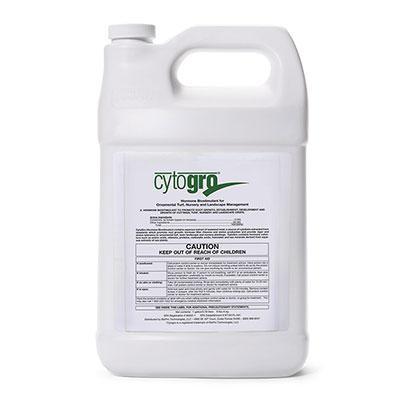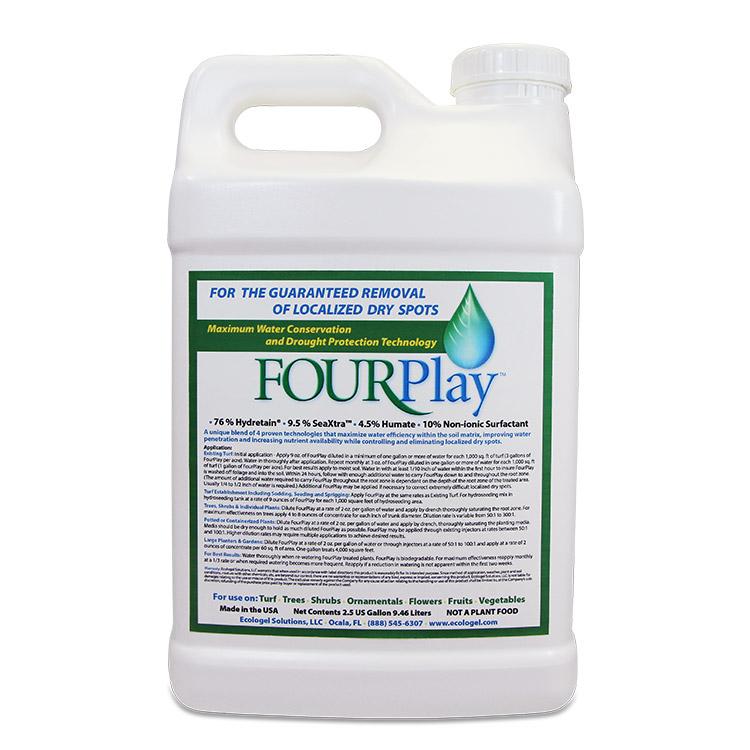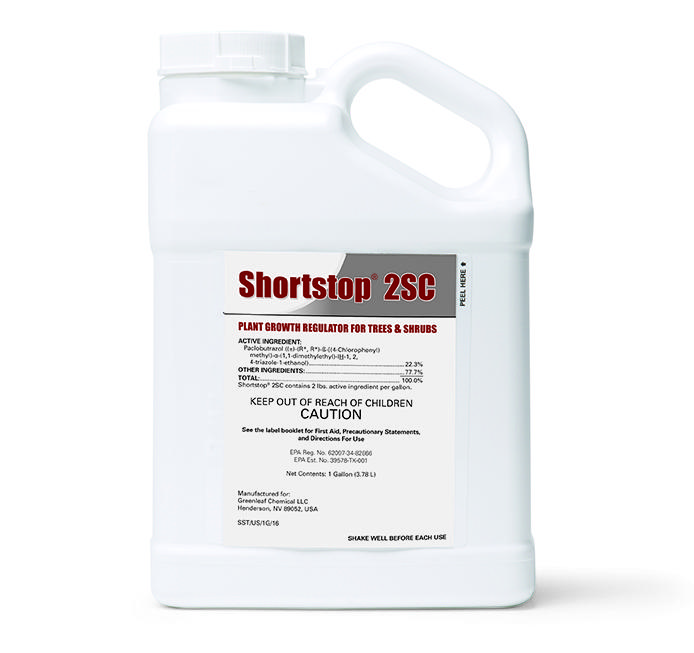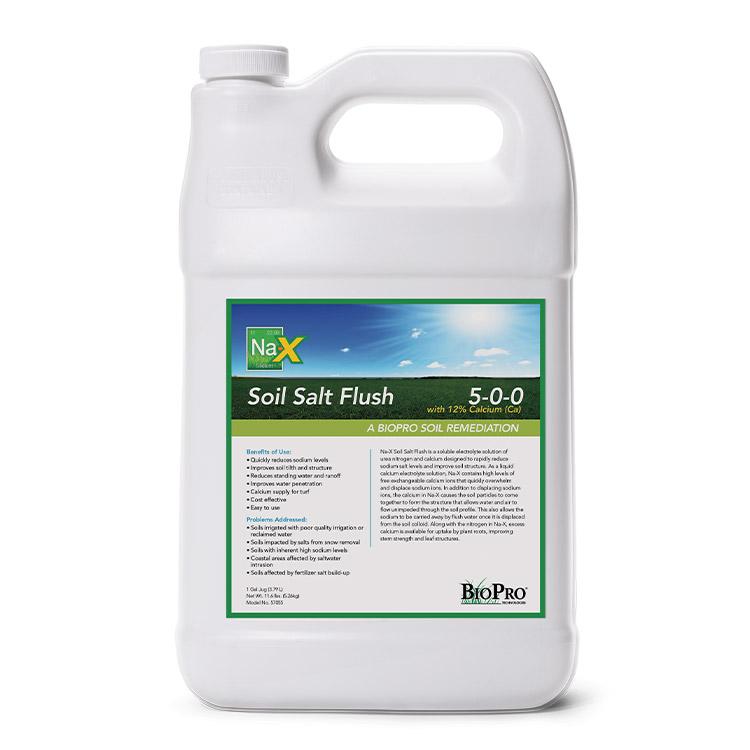Winter can be an uncertain time for the outdoors. Between dry seasons, inclement weather, and plants going dormant, there are a lot of issues to consider. Rather than reacting to each problem, there are several preventative measures that can be taken to best set yourself and your landscapes up for success. Here’s a look at some of the common problems you may experience during the winter, and what you can do to address and mitigate them.
Dry Seasons
Southern regions of the US often experience dry seasons during winter, with prolonged periods of decreased rainfall and low humidity. Some states and counties also have watering restrictions to conserve water, which puts additional strain on turf and trees. Make sure plants are well watered before temperatures drop below freezing, or water deeply but irregularly if you live in an area where winters stay warmer. Products that help with moisture management can also be applied.
Temperature Extremes
While the general trend across the US and the world has been towards warmer winters, with occasional hot days, extreme cold can still hit parts of the country. Sustained periods of below freezing and subzero temperatures remain common. The latest USDA Plant Hardiness Zone map has more information.
It’s best to know what general conditions to expect in your region of the country, and regularly check forecasts. Be prepared for extreme temperature differences in either direction. Ensure before winter that your plants have enough nutrients, with strong roots and healthy soils, so they can endure difficult conditions. Treating trees and turf with carbon-based soil amendments will help make them more winter hardy.
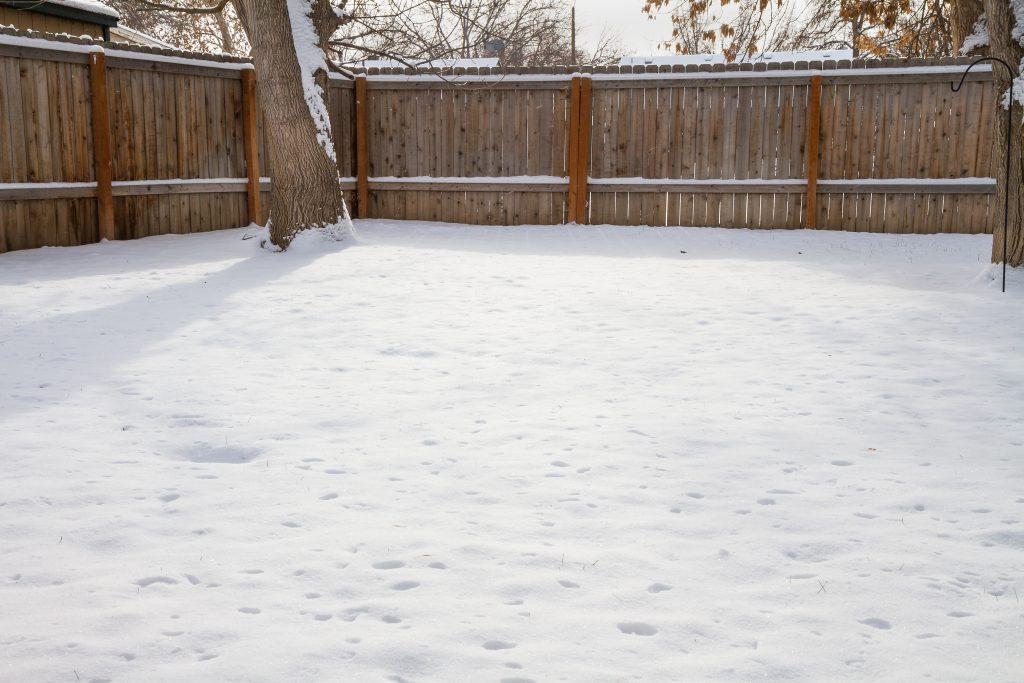
Unexpected Bad Weather
Inclement weather can take many forms, depending on what part of the country you’re in. Drought can strike, as well as heavy precipitation. Snow is a natural part of many winters and ice storms can be very damaging to trees, especially if they occur early in the season before trees have lost all their leaves. The same goes for very heavy, wet snow weighing down leafy branches. Assess the damage left behind after an ice storm, especially damaged and broken branches on trees, and prune the tree as needed to ensure it remains healthy and free of damaged leads.
Ensuring trees are as resilient as possible, with strong roots, is your best bet to mitigating damage from wind and ice.
Frozen Ground
You might think a frozen ground during periods of extreme cold can be a problem for plants, but a lot of plants (other than evergreens) go dormant in winter, so getting water and nutrients to them isn’t much of an issue.
However, if you forgot to apply water and soil amendments in the fall before winter dormancy, wait until spring when the ground has thawed and the plants are out of dormancy. Then, you can apply soil amendments to deal with issues such as nutrient availability and soil conditions. Providing nitrogen will help plants with spring recovery, and turf will appreciate products with phosphorous (when allowed) to help with establishment and growth. Also consider treatments for any damage from road salt.
Winter does not need to be a stressful time. With the right tools and products, you’ll be equipped to deal with any challenge that’s in store, no matter what the unpredictable season brings.

